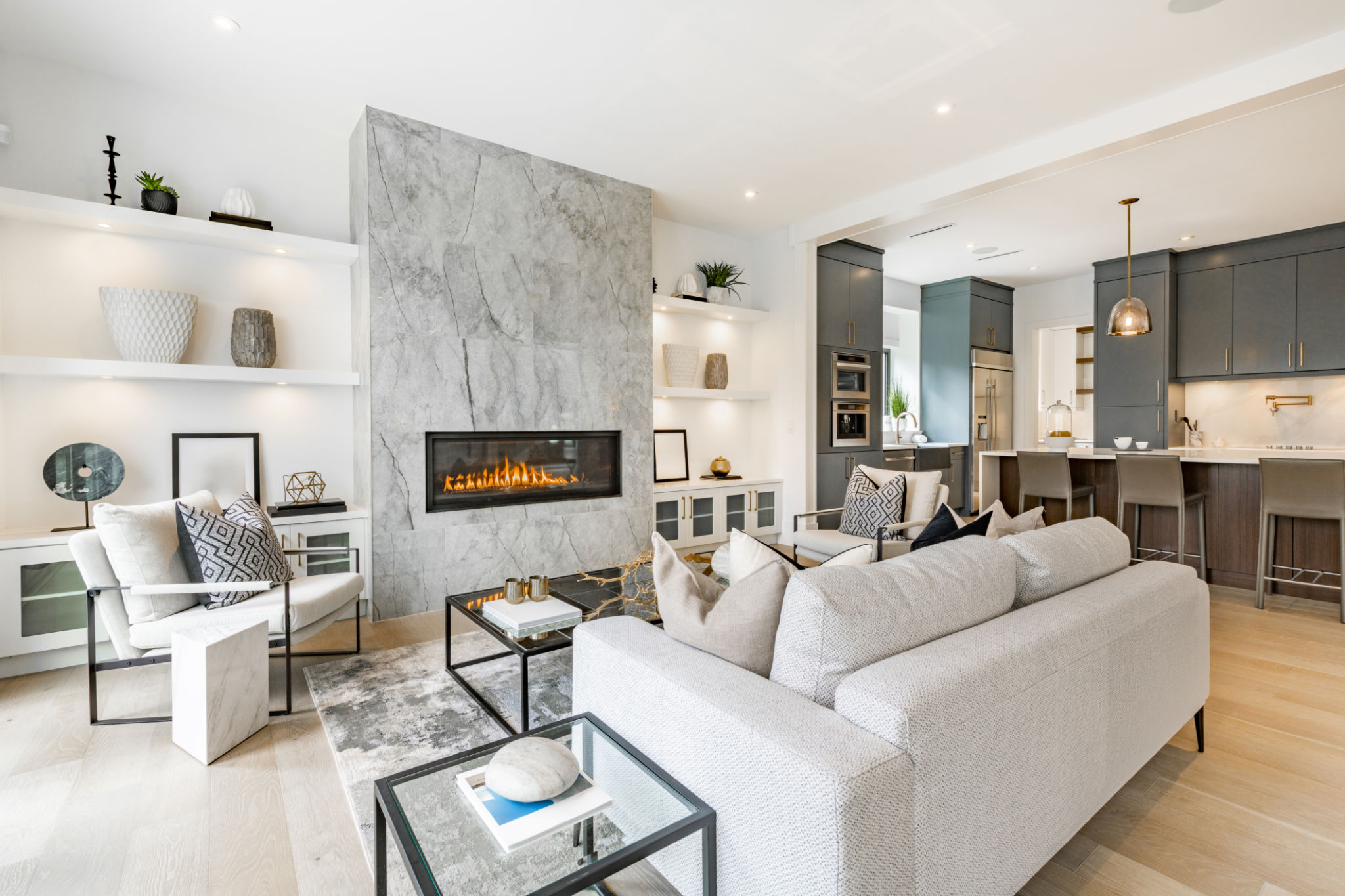Creating Functional Spaces: Expert Tips from Rafaela Marques Pinto
Understanding the Basics of Functional Spaces
Creating functional spaces is all about enhancing practicality without compromising on aesthetics. According to Rafaela Marques Pinto, a renowned interior designer, a functional space should cater to the needs of its users while maintaining a pleasing environment. This is achieved by balancing various elements such as furniture, lighting, and layout.
Pinto emphasizes the importance of understanding the purpose of a space before jumping into design decisions. Whether it’s a living room that doubles as a home office or a kitchen that serves as a family gathering spot, the key is to tailor the design to serve multiple functions efficiently.

Designing with Purpose
One of the expert tips from Pinto is to always start with a clear plan. Consider the activities that will take place in each area and ensure that the design accommodates these activities seamlessly. For example, if designing a workspace at home, prioritize ergonomic furniture that supports long hours of work without causing discomfort.
Incorporating storage solutions is another significant aspect of functional design. Pinto suggests using innovative storage options that blend with the overall décor. Built-in shelves, multi-purpose furniture, and hidden compartments can help maintain a clutter-free environment, enhancing both functionality and visual appeal.

Optimizing Layout for Efficiency
The layout of a space greatly influences its functionality. Pinto advises on adopting open floor plans wherever possible, as they encourage better flow and make spaces appear larger. Additionally, thoughtful placement of furniture can optimize movement and accessibility within a space.
It’s also essential to consider traffic patterns while designing layouts. For instance, in a kitchen, ensure that there's enough space for safe and easy movement between the stove, sink, and refrigerator, commonly referred to as the kitchen work triangle.

Enhancing Spaces with Light
Lighting plays a crucial role in creating functional spaces. Pinto highlights the use of natural light as much as possible, supplemented by artificial lighting to ensure spaces are well-lit at all times. She suggests layering different types of lighting, such as ambient, task, and accent lights, to cater to various needs throughout the day.
Moreover, choosing the right fixtures can add to the functionality of a space. Adjustable lamps, dimmable lights, and strategically placed fixtures can transform a room’s ambience and utility. For instance, installing under-cabinet lighting in the kitchen can illuminate work surfaces effectively.

Incorporating Flexibility
Flexibility is an essential component of functional spaces, allowing them to adapt to changing needs over time. Pinto recommends incorporating elements that can be easily rearranged or repurposed. Modular furniture systems, foldable tables, and room dividers are excellent options for creating versatile environments.
Furthermore, opting for neutral tones in furnishings and walls can make it easier to update a space without extensive renovations. Adding pops of color through accessories like cushions or artwork can keep the space dynamic and personalized.
Conclusion: Embrace a Holistic Approach
Creating functional spaces requires a holistic approach that considers aesthetics, practicality, and user needs. By following Rafaela Marques Pinto’s expert tips—understanding purpose, optimizing layout, utilizing light effectively, and incorporating flexibility—you can design spaces that are both beautiful and functional.
Remember that a well-designed space not only enhances daily living but also promotes well-being by reducing stress and improving efficiency. Whether you’re redesigning your home or planning a new project, these insights can guide you in making informed decisions for creating truly functional spaces.

